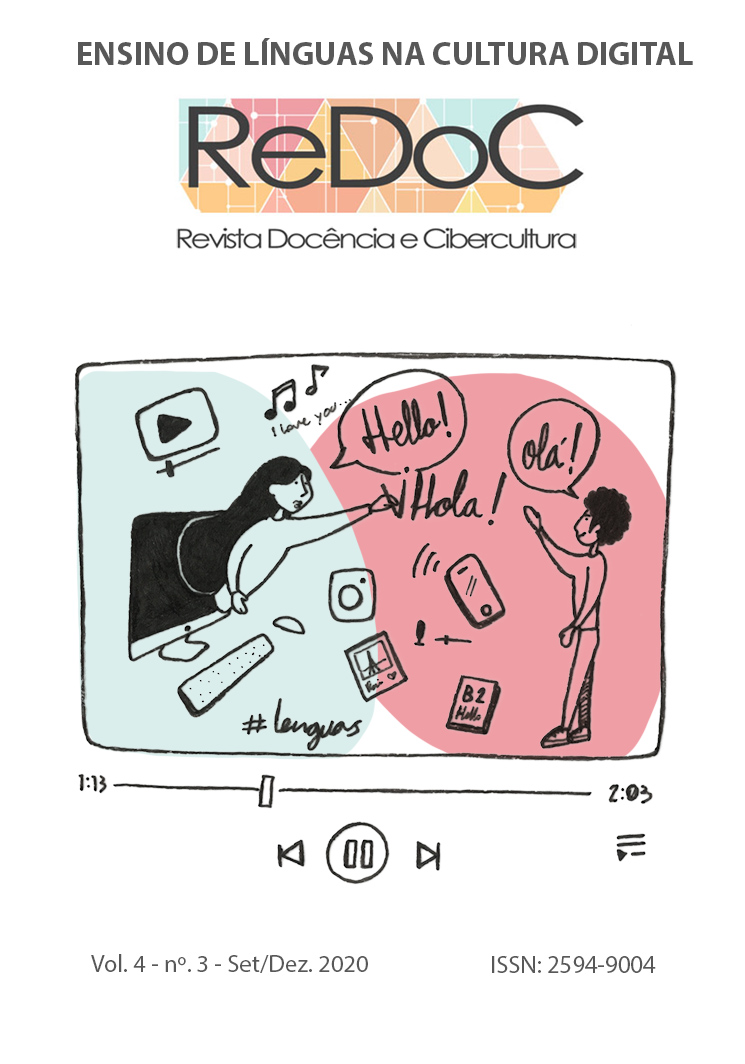PRAGMATICS: WHY USE AUDIOVISUAL INPUT IN SECOND AND FOREIGN LANGUAGE LEARNING CONTEXTS?
DOI:
https://doi.org/10.12957/redoc.2020.53890Palabras clave:
Pragmatics acquisition. Audiovisual input. TV genres and filmsResumen
The teaching and acquisition of pragmatics in second and foreign language learning contexts has been traditionally reduced to coursebooks’ decontextualized dialogue samples and static images with almost no effects on learners’ communicative competence. This paper outlines rationale on the teaching of pragmatics since it has become of essential importance as specified in different language proficiency paradigms i.e. the CEFR. Thus, attention is centered on the use of audiovisual materials as a rich input source used for that aim. With this in mind, a review of studies appraising for the validity of language used in audiovisual genres is provided. In addition, an overview of its applicability and effects as a part of the general education curricula and in second and foreign language instruction is presented. Results from the studies reviewed reported overall advantageous outcomes when using this type of input for different instructional aims and more specifically with pragmatics’ acquisition purposes.
Descargas
Publicado
Cómo citar
Número
Sección
Licencia
Autores que publicam nesta revista concordam com os seguintes termos:- Autores mantém os direitos autorais e concedem à revista o direito de primeira publicação, com o trabalho simultaneamente licenciado sob a Creative Commons Attribution License que permitindo o compartilhamento do trabalho com reconhecimento da autoria do trabalho e publicação inicial nesta revista.
- Autores têm autorização para assumir contratos adicionais separadamente, para distribuição não-exclusiva da versão do trabalho publicada nesta revista (ex.: publicar em repositório institucional ou como capítulo de livro), com reconhecimento de autoria e publicação inicial nesta revista.
- Autores têm permissão e são estimulados a publicar e distribuir seu trabalho online (ex.: em repositórios institucionais ou na sua página pessoal) a qualquer ponto antes ou durante o processo editorial, já que isso pode gerar alterações produtivas, bem como aumentar o impacto e a citação do trabalho publicado (Veja O Efeito do Acesso Livre).



















